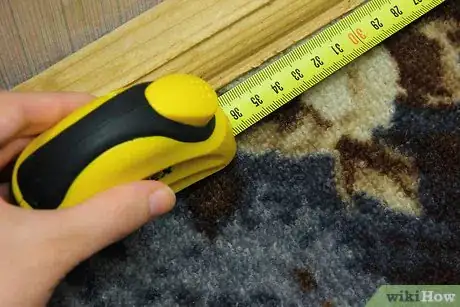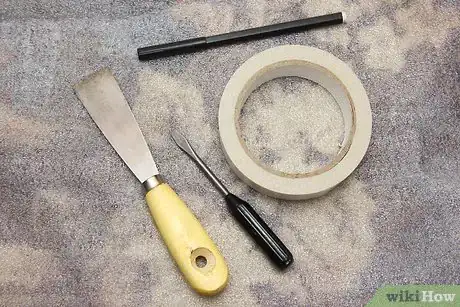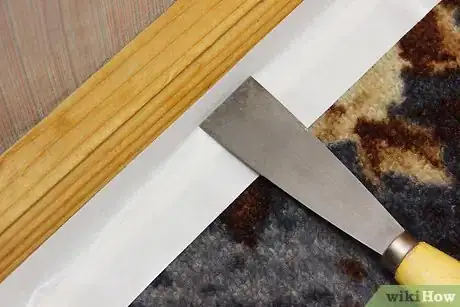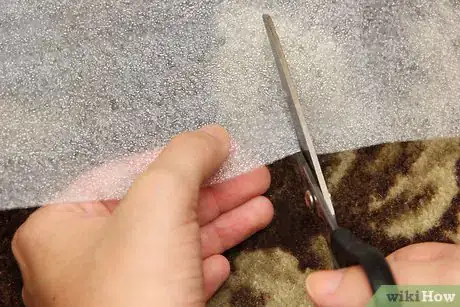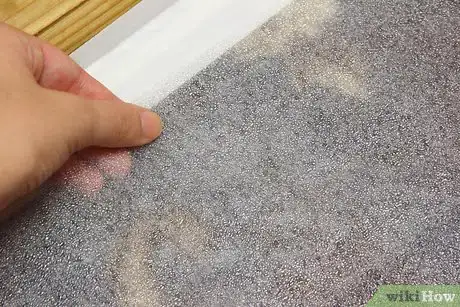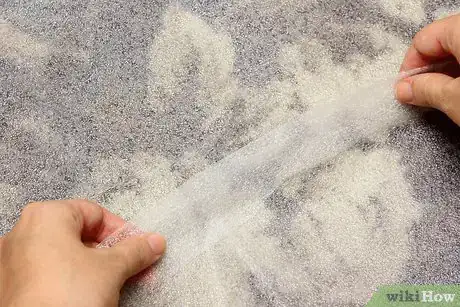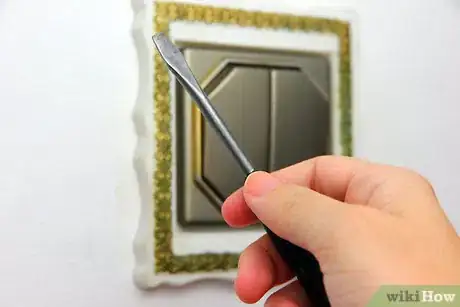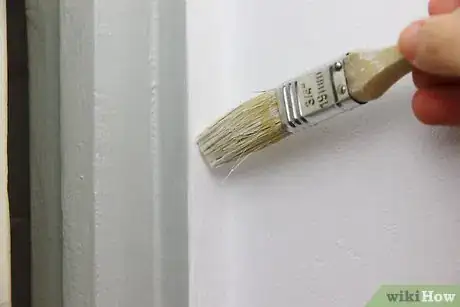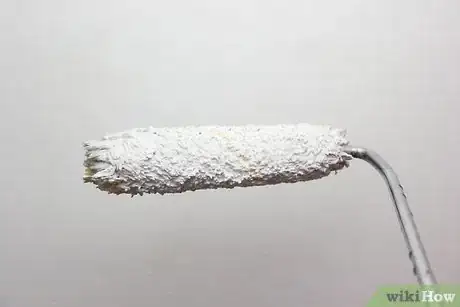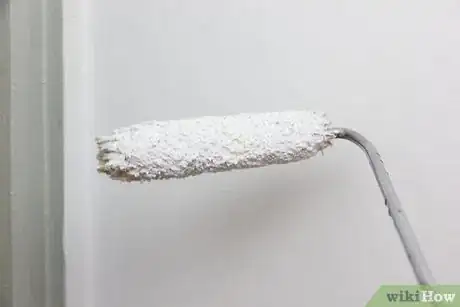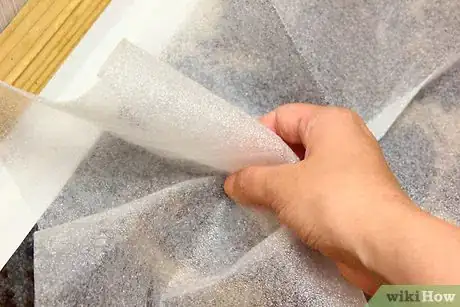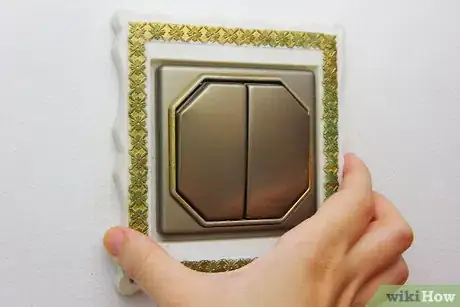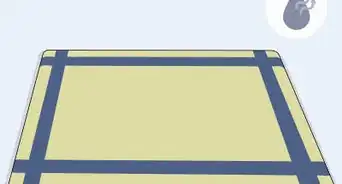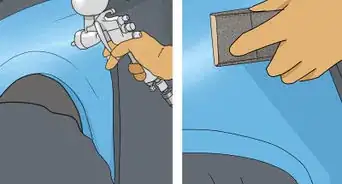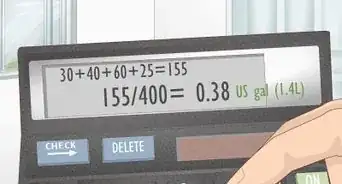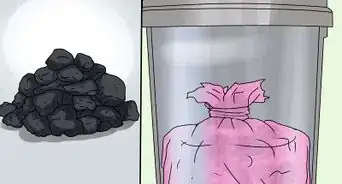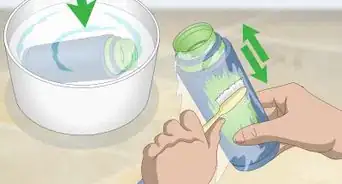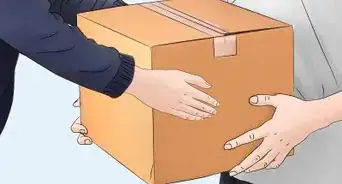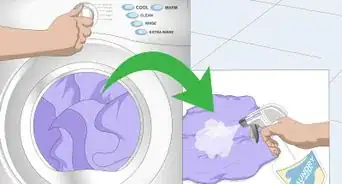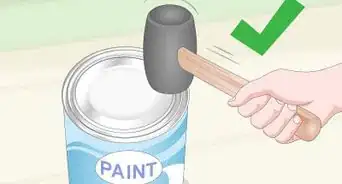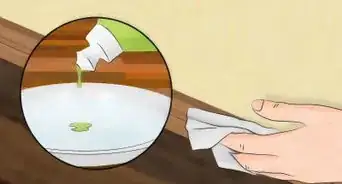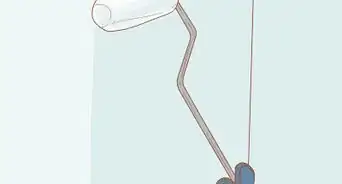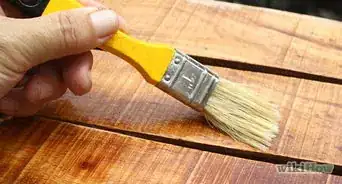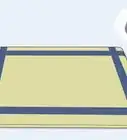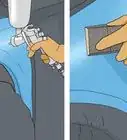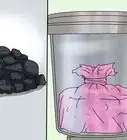This article was co-authored by Ryan Owsiany. Ryan Owsiany is a Drywall and Painting Specialist and the Owner of Patch and Paint Pros in Conshohocken, Pennsylvania. With over two decades of experience, Ryan specializes in interior and exterior house painting as well as drywall, plaster, and water damage repair. Ryan holds a BS in Industrial Engineering from Penn State University. Patch and Paint Pros only employ experienced, friendly painters that understand proper preparation is required to ensure client satisfaction on every painting project.
There are 7 references cited in this article, which can be found at the bottom of the page.
wikiHow marks an article as reader-approved once it receives enough positive feedback. In this case, several readers have written to tell us that this article was helpful to them, earning it our reader-approved status.
This article has been viewed 79,991 times.
You can create a new theme or mood for any room in your house with a couple of coats of fresh paint. While some rooms are easier to paint than others, among the most challenging are those that are carpeted. Preparing to paint is an important step, because it is difficult to remove spilled or spattered paint from carpeting. You can paint a carpeted room and avoid any messy disasters with these helpful tips from wikiHow.
Steps
-
1Measure the room, taking note of the total square footage and the length of each wall or section of wall.[1]
-
2Purchase the supplies.
- You will need 2-inch-wide (5.08 cm) masking or painter's tape, enough plastic drop cloth sheets to cover the floor of the room, a marker, a small flathead screwdriver and a plastic 2-inch (5.08 cm) putty knife, in addition to the interior wall paint.
Advertisement -
3Mask before painting by working from the room's doorway around the outside, laying 1-foot-long (30.48 cm) strips of masking tape at the edge to protect carpet.[2]
- Tuck the tape over the carpet edge and just under the baseboard trim as you work.
- Use the putty knife to press the tape down into the space under the baseboard.
-
4Cut pieces of plastic drop cloth to fit the length of each wall with about 6 inches to 1 foot (15.24 to 30.48 cm) of overlap at the corners.
-
5Lay out the plastic and use the masking tape to secure it to the pre-existing tape to protect carpet edges.[3]
- This will create a barrier of tape and plastic from the outside edge of the drop cloth to the wall.
-
6Measure and cut plastic to protect the middle of the room.[4]
- Lay out and secure this plastic with more masking tape. Your carpet is now completely covered.
-
7Remove all outlet and switch plates with the screwdriver, taking care not to allow any part of the screwdriver to touch the inside of the outlet or light switch.
- Use the tape to secure the removed screws to the plates. Label each plate with the marker for easy replacement.
-
8Cut in the first coat of paint with a 2-inch brush around the edges of the walls at the tops, bottoms, corners and trim pieces.[5]
-
9Paint the large areas of wall.[6]
- Paint the room with a roller, taking care to keep even pressure on the roller. Overlap previous strokes and the cut-in areas.
-
10Apply a second coat of paint to the cut-in areas, followed by a second coat on the large areas with the roller.
-
11Pull up the drop cloths and tape after the paint is completely dry, approximately 24 hours following the last application.[7]
-
12Replace the light switch and outlet covers.
Expert Q&A
-
QuestionHow do you accurately calculate how much paint you're going to need for a room?
 Ryan OwsianyRyan Owsiany is a Drywall and Painting Specialist and the Owner of Patch and Paint Pros in Conshohocken, Pennsylvania. With over two decades of experience, Ryan specializes in interior and exterior house painting as well as drywall, plaster, and water damage repair. Ryan holds a BS in Industrial Engineering from Penn State University. Patch and Paint Pros only employ experienced, friendly painters that understand proper preparation is required to ensure client satisfaction on every painting project.
Ryan OwsianyRyan Owsiany is a Drywall and Painting Specialist and the Owner of Patch and Paint Pros in Conshohocken, Pennsylvania. With over two decades of experience, Ryan specializes in interior and exterior house painting as well as drywall, plaster, and water damage repair. Ryan holds a BS in Industrial Engineering from Penn State University. Patch and Paint Pros only employ experienced, friendly painters that understand proper preparation is required to ensure client satisfaction on every painting project.
Drywall & Painting Specialist The amount of paint is typically based on square footage. We typically budget 300 to 350 square feet per gallon. If you have a 15 by 20-foot room, that would be 300 square feet, which would be about one gallon per coat.
The amount of paint is typically based on square footage. We typically budget 300 to 350 square feet per gallon. If you have a 15 by 20-foot room, that would be 300 square feet, which would be about one gallon per coat. -
QuestionWhat is the best way to make sure that your leftover paint doesn't go bad or dry?
 Ryan OwsianyRyan Owsiany is a Drywall and Painting Specialist and the Owner of Patch and Paint Pros in Conshohocken, Pennsylvania. With over two decades of experience, Ryan specializes in interior and exterior house painting as well as drywall, plaster, and water damage repair. Ryan holds a BS in Industrial Engineering from Penn State University. Patch and Paint Pros only employ experienced, friendly painters that understand proper preparation is required to ensure client satisfaction on every painting project.
Ryan OwsianyRyan Owsiany is a Drywall and Painting Specialist and the Owner of Patch and Paint Pros in Conshohocken, Pennsylvania. With over two decades of experience, Ryan specializes in interior and exterior house painting as well as drywall, plaster, and water damage repair. Ryan holds a BS in Industrial Engineering from Penn State University. Patch and Paint Pros only employ experienced, friendly painters that understand proper preparation is required to ensure client satisfaction on every painting project.
Drywall & Painting Specialist For storing paint, the main thing to know is the process starts when you start the project. Sometimes when you pour the paint out, you get some paint in the top middle rim of the can. It's a good idea to take a rag and keep the top of that can nice and clean. If you get too much dried paint in that little crease at the top of the can, the lid will not seal properly. Then it will let air in over time and the paint dries out and goes bad. When you've finished using the paint, put the lid on nice and tight. You can tamp it down with the hammer or the back of a screwdriver. Make sure it has a good seal. The other thing is you want to store the paint somewhere that stays around room temperature. Basements are typically good places to store paint. Unless your garage is heated, I would avoid storing it in your garage because if the paint freezes, it will get ruined.
For storing paint, the main thing to know is the process starts when you start the project. Sometimes when you pour the paint out, you get some paint in the top middle rim of the can. It's a good idea to take a rag and keep the top of that can nice and clean. If you get too much dried paint in that little crease at the top of the can, the lid will not seal properly. Then it will let air in over time and the paint dries out and goes bad. When you've finished using the paint, put the lid on nice and tight. You can tamp it down with the hammer or the back of a screwdriver. Make sure it has a good seal. The other thing is you want to store the paint somewhere that stays around room temperature. Basements are typically good places to store paint. Unless your garage is heated, I would avoid storing it in your garage because if the paint freezes, it will get ruined. -
QuestionWhat kind of tape is the best?
 Community AnswerFrog tape works best. It adheres to the surface better than the blue painter's tape which allows paint to seep under it. Make sure surfaces are clean and dry before applying tape.
Community AnswerFrog tape works best. It adheres to the surface better than the blue painter's tape which allows paint to seep under it. Make sure surfaces are clean and dry before applying tape.
Things You'll Need
- Interior paint
- Paint brushes
- Paint roller
- Plastic drop cloths
- Masking or painters tape in 2-inch-wide (5.08 cm) rolls
- Plastic 2-inch (5.08 cm) putty knife
- Flathead screwdriver
- Marker
References
- ↑ https://www.lowes.com/n/how-to/measure-a-room
- ↑ https://www.youtube.com/watch?v=HB9ck82RvB8
- ↑ https://www.youtube.com/watch?v=jR6oH5069-s
- ↑ https://www.youtube.com/watch?v=jR6oH5069-s
- ↑ https://www.dummies.com/home-garden/home-painting/how-to-cut-in-edges-of-a-wall-with-a-paint-brush/
- ↑ https://www.bhg.com/decorating/paint/techniques/how-to-use-a-paint-roller/
- ↑ https://todayshomeowner.com/how-to-paint-baseboards-in-a-carpeted-room/
- ↑ https://www.bobvila.com/articles/how-to-remove-paint-from-carpet/
